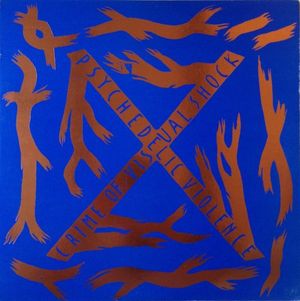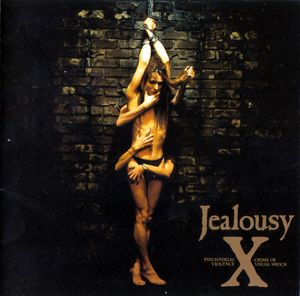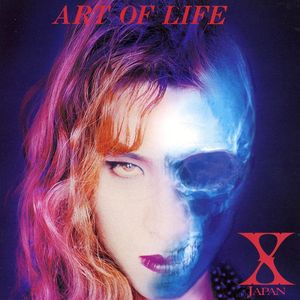

Follow Your Favorite Band Today!
Top X Japan Community Posts
Albums
Story of X Japan
X Japan: A Rock Revolution
X Japan, the legendary Japanese rock band from Chiba, burst onto the scene in 1982, the brainchild of drummer/pianist Yoshiki and vocalist Toshi. Initially known as X, they started with a potent blend of power/speed metal, infused with symphonic grandeur. But their sonic journey didn't stop there. They evolved, embracing progressive rock and crafting heart-wrenching ballads, creating a unique sound that set them apart.
X Japan was a pioneer in more ways than one. They were one of the first Japanese bands to reach mainstream success without the backing of a major label. They also spearheaded the visual kei movement, a Japanese subculture that embraced flamboyant and theatrical aesthetics, comparable to Western glam rock.
Their 1988 debut album, "Vanishing Vision," released on Yoshiki's own Extasy Records, solidified their lineup – bassist Taiji, lead guitarist Hide, and rhythm guitarist Pata joined the founding duo. 1989 saw them achieve major breakthrough with their second album, "Blue Blood." The following year, "Jealousy" further cemented their dominance, but in 1992, Taiji left the band. He was replaced by Heath, and the band officially changed their name to X Japan, embarking on a new chapter.
They released the groundbreaking "Art of Life" in 1993 – a single, 29-minute masterpiece that showcased their artistic evolution. In 1995, X Japan shed their signature visual kei look for a more casual approach, releasing "Dahlia" in 1996, a powerful album that, like its two predecessors, topped the charts. Their last concert, held on December 31, 1997, at the Tokyo Dome, was a grand finale to five consecutive sold-out New Year's Eve concerts at the iconic stadium.
After a decade-long hiatus, X Japan returned in 2007, reigniting their passion with the new song "I.V." Their impact on Japanese rock music, and global music in general, is undeniable. X Japan remains a force to be reckoned with, a band that continues to inspire and captivate audiences worldwide.
Bands you may like
More Heavy Metal Bands
Explore Heavy MetalDiscover more bands in the Heavy Metal genre and explore the diverse sounds that define this musical style.
Browse All Heavy Metal BandsMore Bands from Japan
Explore JapanDiscover the rich musical heritage of Japan and explore bands that represent the country's unique sound and culture.
Browse All Japan Bands




